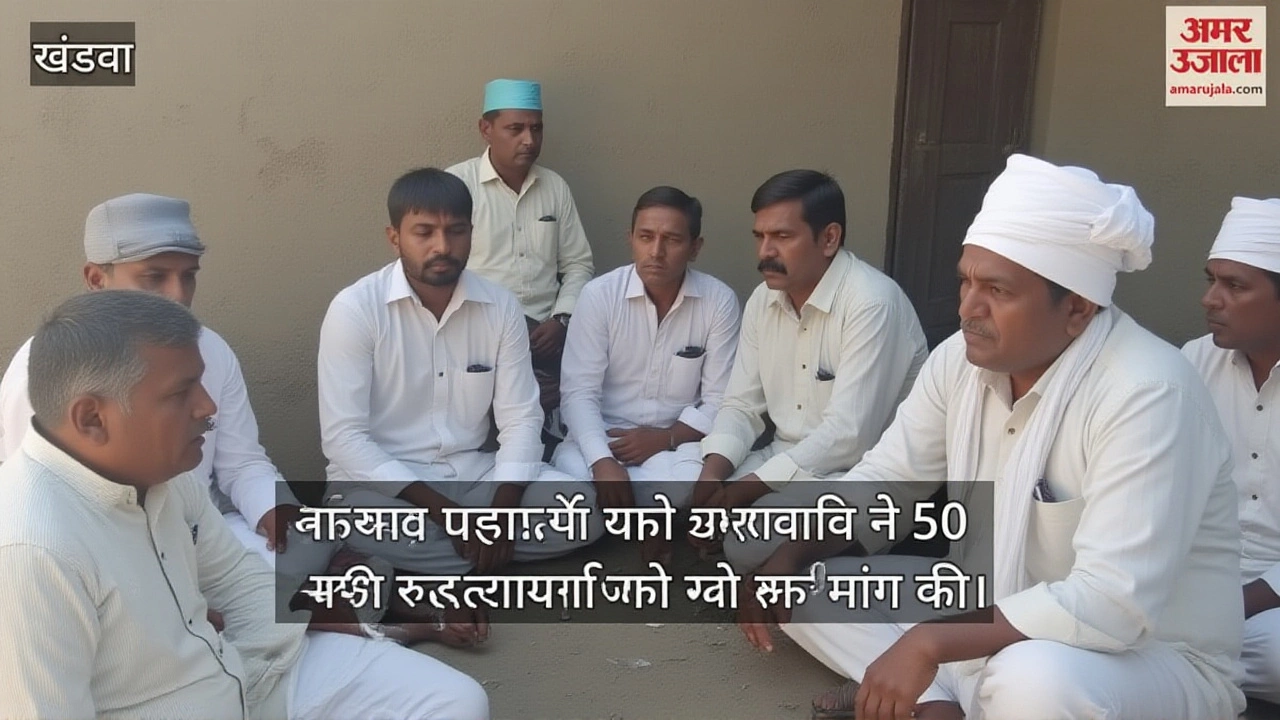
Eight Khandwa Villagers Die After Toxic Gas Suffocation in Festival Well
Eight villagers died in Khandwa after toxic gas from a contaminated well suffocated them during Gangaur festival preparations. Officials pledge compensation and safety reforms.
When you hear “toxic gas,” you might picture a movie scene with green smoke. In real life it’s just any gas that can hurt people, animals, or the environment. It can be invisible, odorless, and show up in homes, factories, or even outdoors. Knowing the basics can save you from a nasty surprise.
Carbon monoxide (CO) is a top culprit. It’s produced by gas stoves, generators, or car engines that aren’t vented properly. Because you can’t see or smell it, CO can sneak into a house and cause headaches, dizziness, or even death. Another frequent one is hydrogen sulfide (H₂S). It smells like rotten eggs and shows up in sewage plants or oil fields. Chlorine gas, used in swimming pools and cleaning supplies, can irritate eyes and lungs. Finally, natural gas leaks often contain methane mixed with small amounts of other harmful gases.
When you breathe in a toxic gas, it interferes with how your cells work. CO binds to hemoglobin, preventing oxygen from reaching organs. That’s why you feel light‑headed or get a headache. H₂S attacks the nervous system, leading to coughing or trouble breathing. Chlorine burns the lining of your lungs, making it hard to catch your breath. The severity depends on how much gas you inhale and for how long.
Quick symptoms can be a clue. If you notice sudden nausea, dizziness, or a strong chemical smell, step outside and get fresh air. Don’t ignore a headache that won’t go away— it could be CO poisoning. If you suspect a gas leak, never use switches or phones that could spark a flame.
Detecting toxic gases early is the best defense. Install a carbon monoxide detector near sleeping areas and change the batteries yearly. For homes with gas appliances, a simple odor‑free gas detector can alert you to leaks. In workplaces, portable gas monitors are standard. These devices beep or flash when they sense dangerous levels.
Keeping your environment safe takes a few habits. Never block ventilation for stoves or heaters. Have a professional inspect chimneys and flues every year. If you use a generator, run it outside and keep it at least three meters from windows. Store chemicals in sealed containers and follow label instructions.
If a leak does happen, act fast. Open windows and doors to let fresh air in. Shut off the gas source if you know how, then leave the building. Call emergency services from a safe distance and tell them what gas you think it is. While waiting, keep children and pets away.
Remember, most toxic gas incidents are preventable. Simple checks, good detectors, and a quick response plan can keep you and your family out of danger. Take a few minutes today to test your detectors and review your safety steps—you’ll thank yourself later.

Eight villagers died in Khandwa after toxic gas from a contaminated well suffocated them during Gangaur festival preparations. Officials pledge compensation and safety reforms.